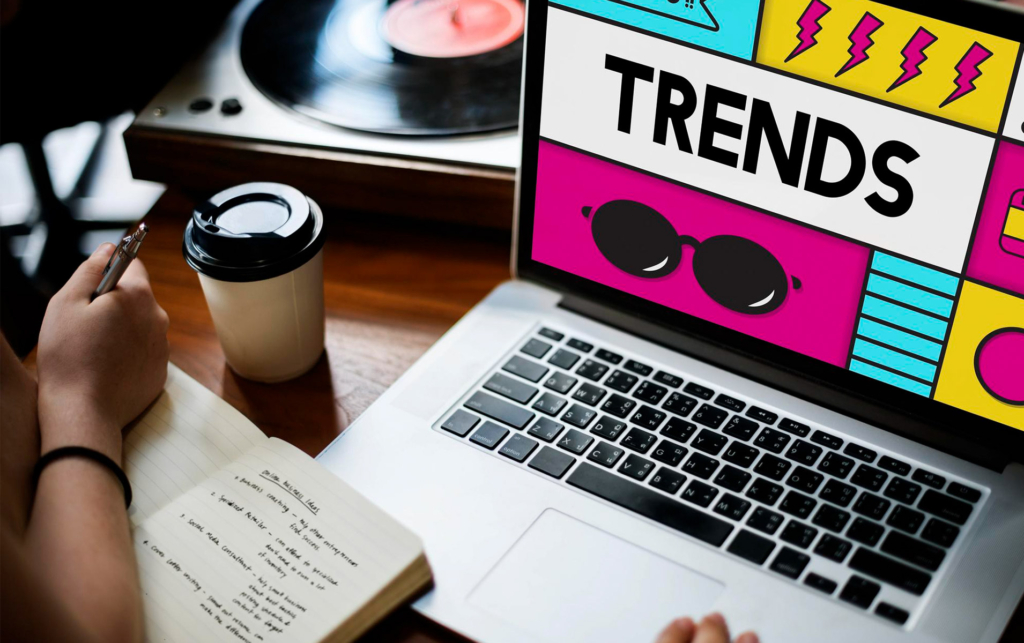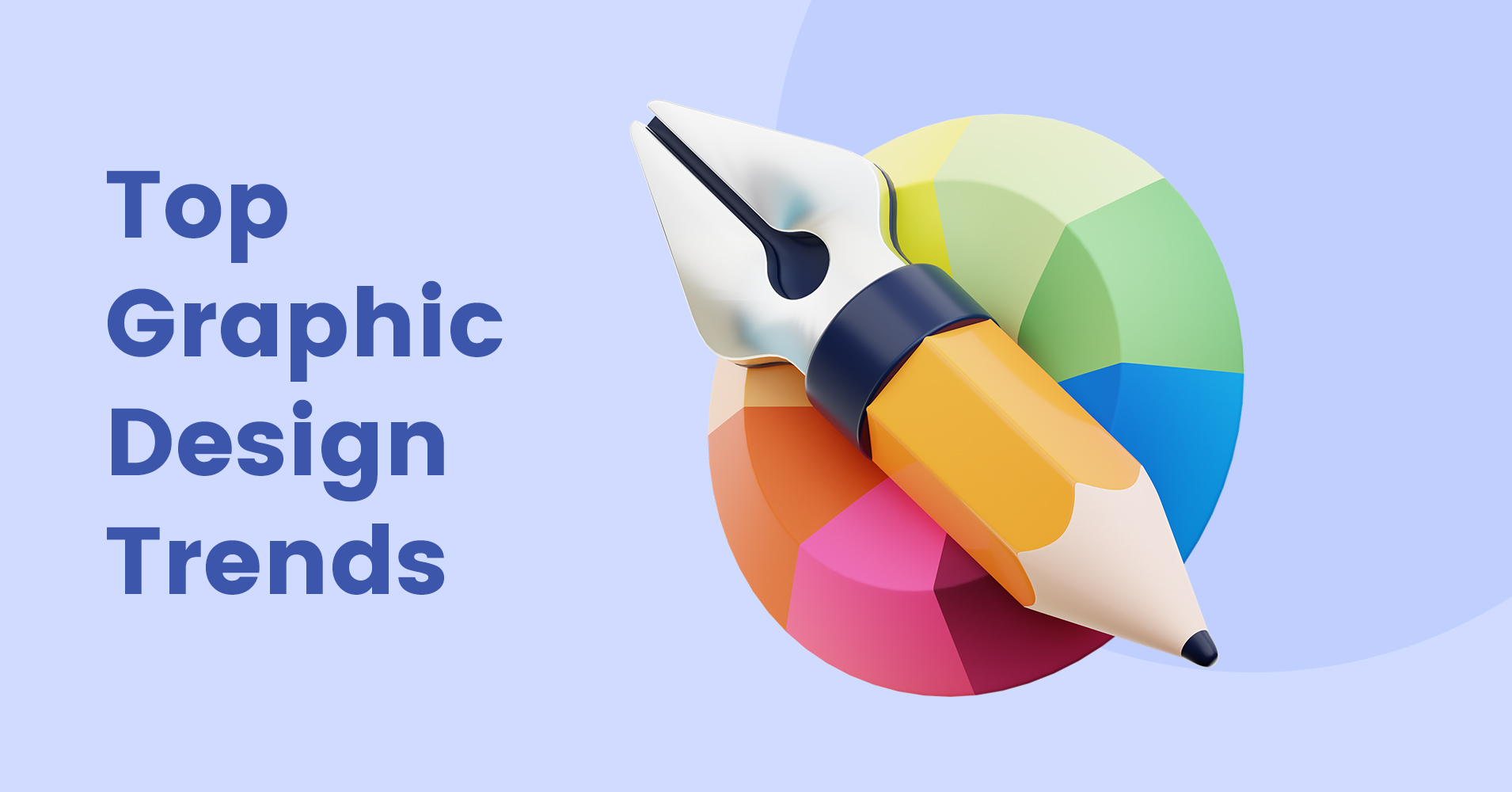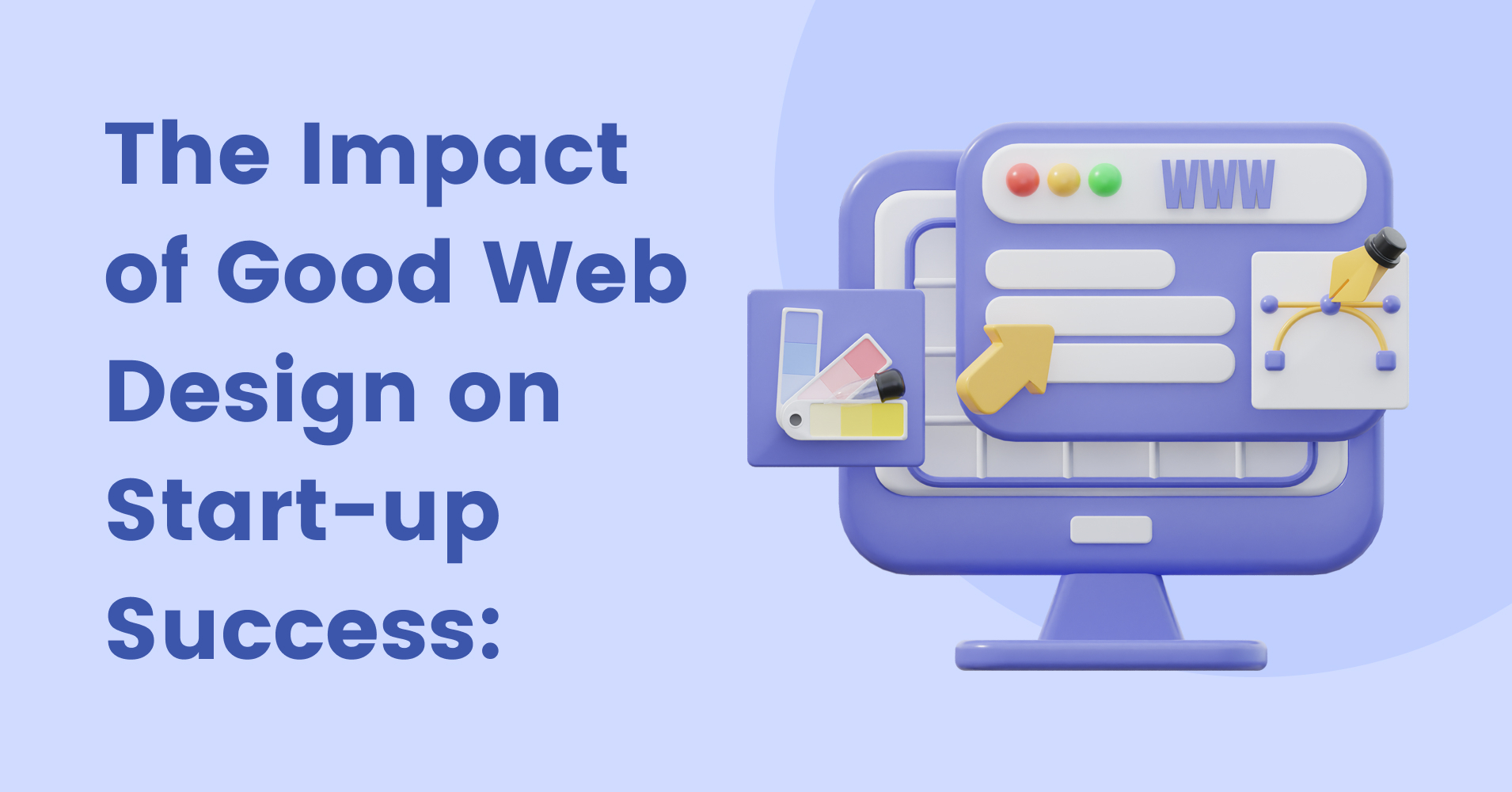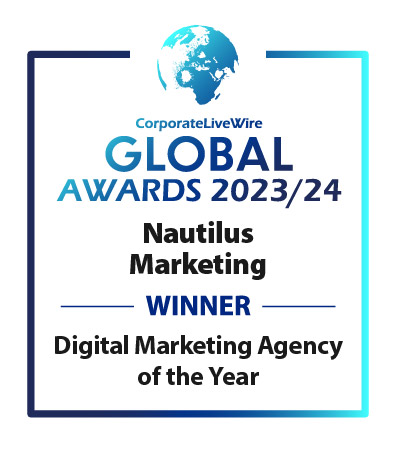In the kaleidoscopic world of graphic design, where imagination meets technology, each year introduces a new symphony of visual expression. As we move into 2024, the dance between nostalgia and modernity takes centre stage, where the old finds new life in the hands of forward-thinking creators. Brands today must evolve alongside these ever-changing currents, embracing these graphic design trends not just to captivate the eye but to forge emotional connections that last.
This year, design is a canvas painted with the brushstrokes of boldness and subtlety, vibrancy and restraint. Every element—whether a colour, shape, or font—carries a weight of meaning, each choice becoming part of a larger narrative. The process feels almost alchemical, where seemingly ordinary elements come together to evoke emotions that transcend the visual. The subtleties between light and shadow, the tension between minimalism and maximalism, all serve to create a language that speaks directly to the subconscious. The top graphic design trends of 2024 don’t just reshape aesthetics; they invite brands to tell deeper, more compelling stories. With each shift in design, a door opens to new ways of connecting, drawing in audiences not just to see but to feel.
Let’s wander through the most transformative graphic design trends of 2024, trends that will help elevate your brand to new heights, leaving a mark on everyone who experiences it.
Bold Minimalism: When Simplicity Speaks Louder Than Words
Bold minimalism is a design philosophy where the simplicity of form is elevated by the intensity of expression. Imagine a world where every line, every colour, exists with purpose, yet the vibrancy of these elements creates a dynamic energy that cannot be ignored. In 2024, minimalism sheds its quiet past, embracing bold, high-contrast colours and oversized typography that command attention without overwhelming the senses.
Think of a stark white canvas punctuated by vivid splashes of red or electric blue, where negative space breathes life into the design, making every shape and hue stand out like whispers in a silent room. It’s more than a reduction of elements—it’s about wielding simplicity with a confidence that speaks volumes.
For brands, bold minimalism offers a visual language that is clean yet powerful, stripping away the unnecessary and leaving only what truly matters. It’s not about what is absent, but what remains—and what remains is unforgettable.
Retro-Futurism: Echoes of the Past, Dreams of the Future

Retro-futurism is where the comfort of nostalgia intertwines with the thrill of the unknown. This entry for graphic design trends is a love letter to the visual language of the past—neon lights, pixelated images, and geometric forms—blended with the sleek aesthetics of tomorrow. It’s a nod to the ‘80s and ‘90s, but with the polish and sophistication of modern technology.
Picture neon greens and pinks that pulse like the heartbeat of a neon-lit city at night, layered with glitch effects that hint at imperfection while celebrating the beauty of unpredictability. Retro-futurism speaks to both memory and possibility, reminding us of where we’ve been while igniting curiosity about where we’re going.
For tech-forward brands or those in entertainment, this design trend offers a unique bridge between eras, inviting audiences into a visual world that feels both familiar and excitingly new. It’s a journey through time, where the past isn’t left behind but woven into the future.
3D and Immersive Design: Stepping Beyond the Screen
As technology advances, the boundary between physical and digital worlds blurs, giving rise to 3D and immersive design. In 2024, this trend is more than just a visual flourish—it’s about creating entire experiences. We move from flat, two-dimensional imagery into multi-layered realms where audiences feel as though they could reach out and touch the design.
To achieve one of these immersive graphic design trends, you must imagine a product that leaps from the screen, its texture and depth so real you could almost feel it beneath your fingers. Or a virtual landscape that immerses the viewer in an alternate reality, where they’re not just observing but actively participating. This is the magic of 3D design.
For brands, it offers a way to go beyond mere visuals and craft an experience. Whether through interactive websites or virtual product showcases, immersive design turns passive viewers into engaged participants, creating moments that stick with them long after the interaction ends.
Custom Illustrations: The Power of Personal Touch
In an age where digital precision can sometimes feel sterile, custom illustrations offer a refreshing return to the personal and the human. Hand-drawn elements bring warmth and character to a brand’s visual identity, making every line and flourish feel intimate and unique.
Imagine a hand-drawn logo that captures the essence of a brand’s personality, or a mascot that feels like a living, breathing entity, with stories hidden in every curve and stroke. These illustrations don’t just decorate—they narrate, pulling audiences into a visual conversation that feels both familiar and new.
Custom illustrations give brands the power to stand out in a world of mass-produced visuals. It’s a statement of individuality, a way to connect with audiences on a deeper, more personal level by showing them something created just for them.
Maximalism: Where “More” is the New Minimal
Maximalism in 2024, as far as graphic design trends go, is a celebration of abundance—a bold declaration that sometimes, more is more. Layered textures, vibrant colours, and intricate patterns come together in a visual symphony, creating designs that are rich, dynamic, and full of life.
Imagine a tapestry of bold colours colliding, intricate patterns weaving in and out of one another, creating a design that invites exploration. Every glance reveals something new, a hidden detail, a texture you hadn’t noticed before. Maximalism turns design into a visual adventure.
For brands in lifestyle, fashion, or entertainment, this trend offers a way to express exuberance and creativity. It’s an invitation to be bold, to be loud, to be unapologetically expressive. Maximalism is where brands can let their creativity run wild, crafting visuals that feel alive and vibrant.
Kinetic Typography: Words that Move
Video content may dominate, but kinetic typography breathes life into static words, transforming them into dynamic elements that dance across the screen. The industry’s top graphic design trends are no longer confined to mere letters on a page, the text itself becomes a living, breathing entity, vibrating with energy and purpose. This trend adds movement to language, turning simple text into a storytelling tool in itself, where the way a word moves conveys as much emotion as the word itself.
Picture a word that pulses in sync with the rhythm of music, each beat sending a ripple through the letters like a heart beating with anticipation, or a phrase that morphs and shifts, fluidly adapting its form to mirror the emotion of the message. Kinetic typography doesn’t just enhance the visuals; it marries them, making the words as much a part of the narrative as the images, turning language into something that is experienced rather than simply read.
For brands, this trend is a powerful way to capture attention in an age where audiences are constantly scrolling, distracted by a sea of content. It’s about making words not just seen but felt—as if they could leap off the screen and into the viewer’s consciousness, adding motion to meaning, creating a visceral connection that lingers long after the video fades. It’s the language of movement, one that speaks directly to the senses, ensuring that the message doesn’t just reach the audience, but resonates within them.
Dark Mode and High-Contrast Design: Sleek and Modern
Dark mode, with its sleek, high-contrast design, continues to rise in popularity in 2024. It not only offers a visually striking aesthetic for graphic design trends, but also caters to modern audiences who spend long hours in front of screens.
Imagine a deep black canvas, illuminated by bold, bright text and neon accents. The contrast creates a sharp, modern look that’s both easy on the eyes and captivating. In the tech and entertainment industries, dark mode has become a hallmark of sophistication, offering a design that feels as cutting-edge as the products it promotes.
For brands, dark mode offers a way to stand out, especially in a digital landscape where attention is hard to capture. It’s a sleek, stylish choice that resonates with today’s tech-savvy audiences.
AI-Generated Design: The Future of Creativity
As we step into the future, AI-generated designs are becoming a powerful tool in the world of graphic design. AI doesn’t replace creativity—it enhances it, offering new possibilities and efficiencies that allow designers to push the boundaries of what’s possible.
Imagine an AI tool that can generate a logo in seconds, or one that can create patterns and designs based on a brand’s unique style and preferences. AI is not just about automation—it’s about collaboration, where human creativity is amplified by machine precision.
For brands, AI-generated design offers both speed and innovation, allowing them to stay ahead of the curve and explore new creative possibilities without the limitations of traditional design processes.
Conclusion: A Year of Boundless Creativity
As we stand on the threshold of 2024, the world of graphic design and graphic design trends offers a rich tapestry of trends that invite brands to experiment, explore, and evolve. Whether through the bold simplicity of minimalism, the nostalgic journey of retro-futurism, or the immersive depth of 3D design, the possibilities are endless.
This year, graphic design trends are about more than just aesthetics—they’re about connection. Brands have the opportunity to not just capture attention but to create meaningful, lasting impressions. By embracing these trends, they can turn ordinary visuals into extraordinary experiences, inviting audiences into a world where design is not just seen, but felt.





